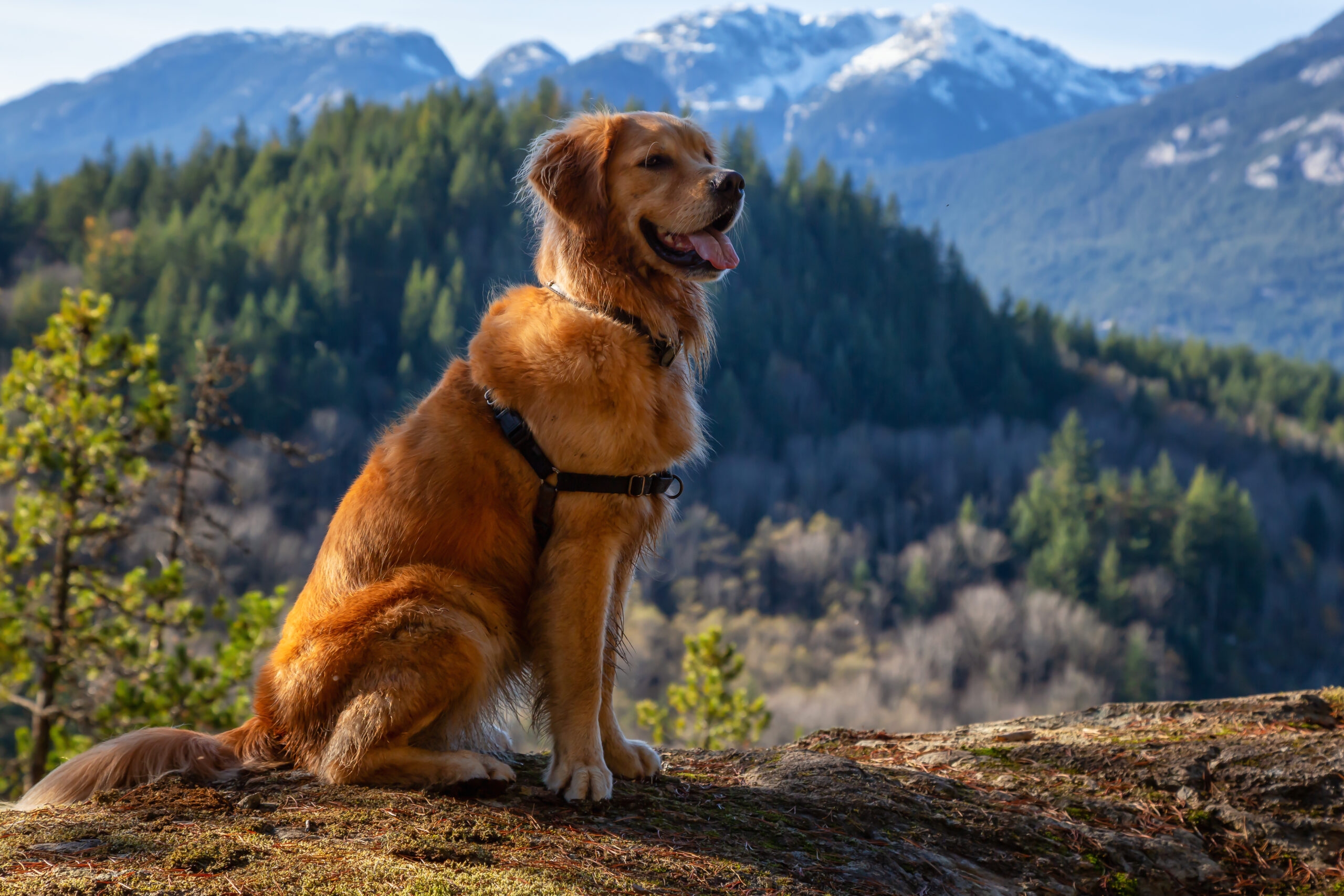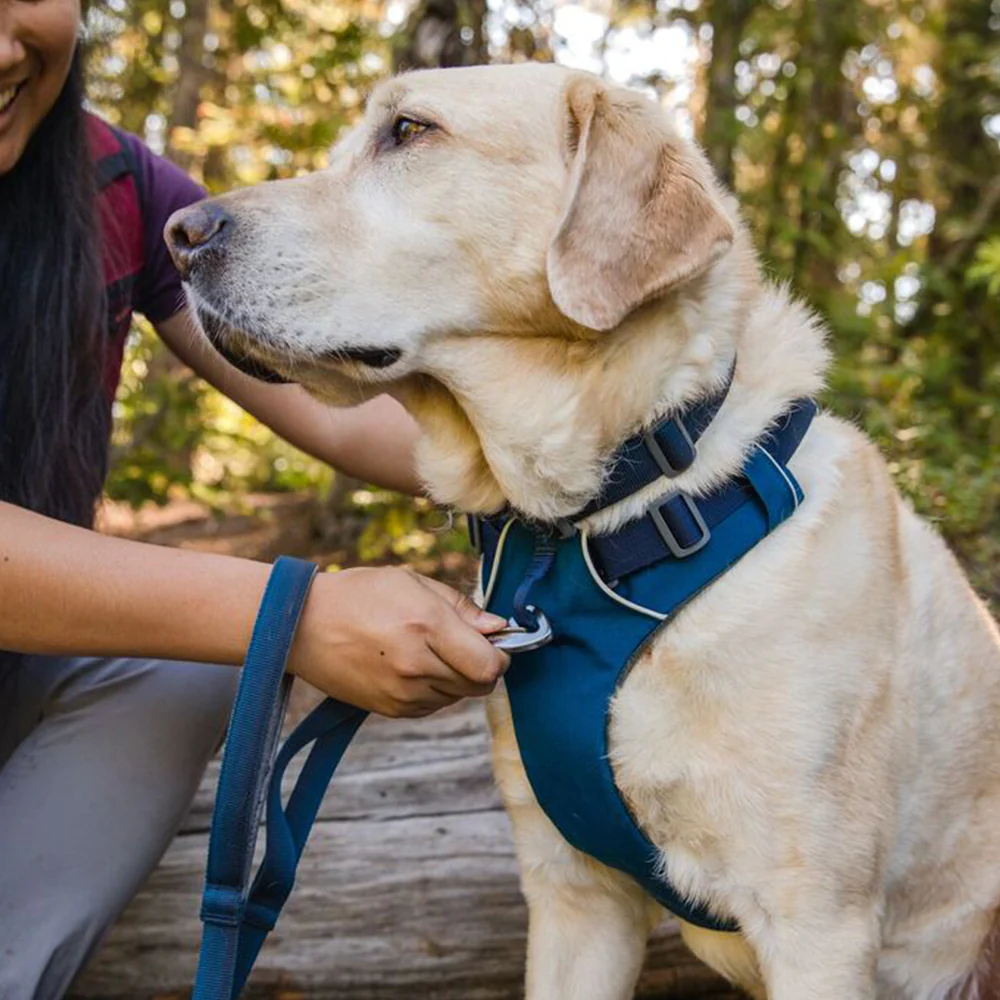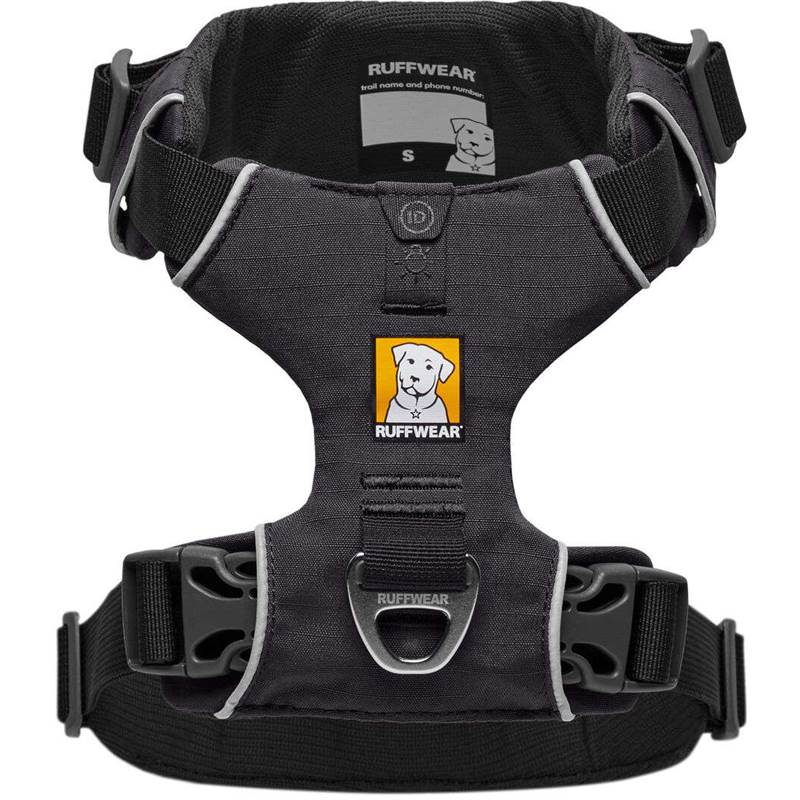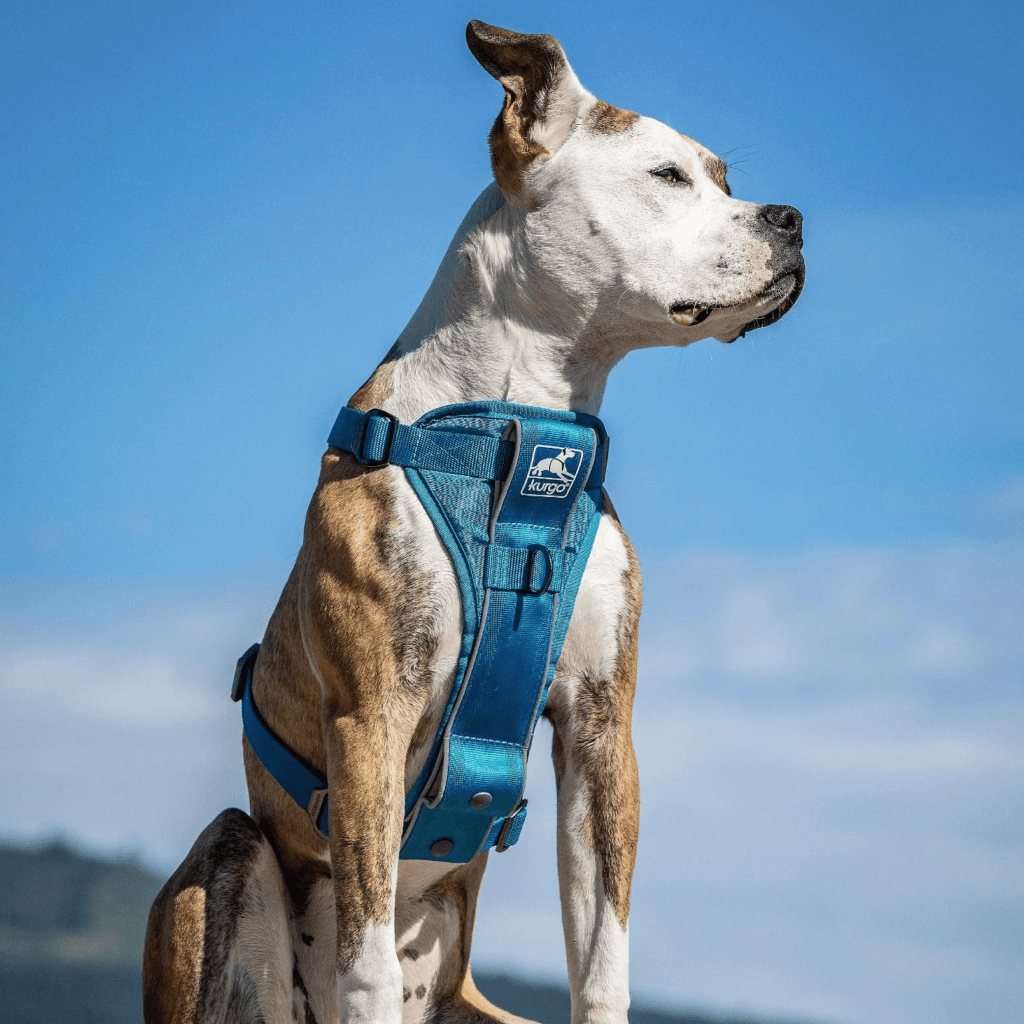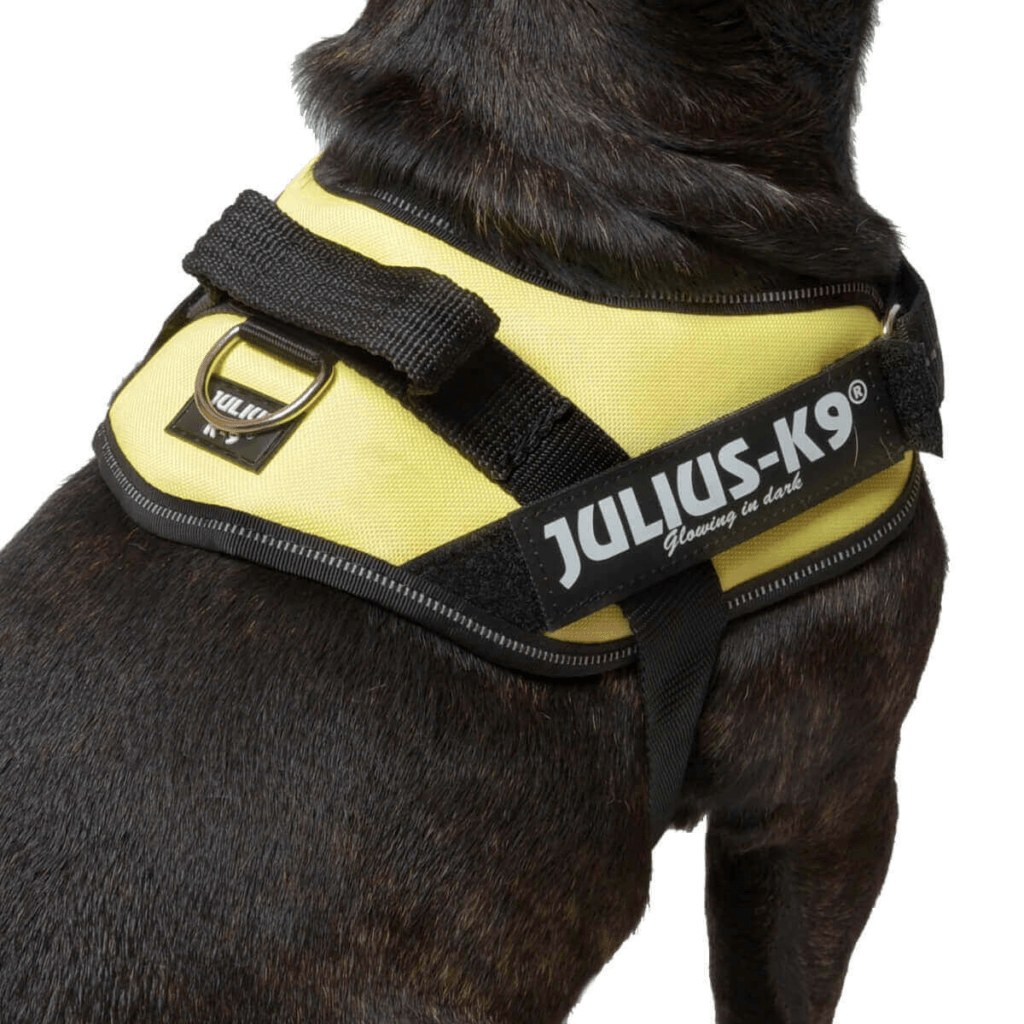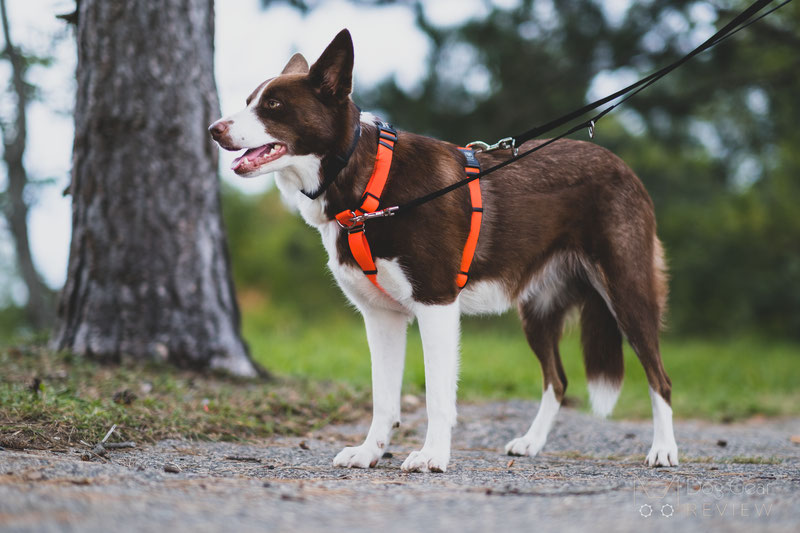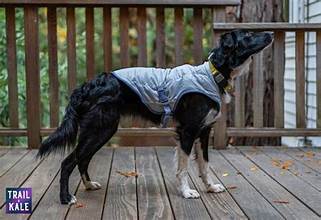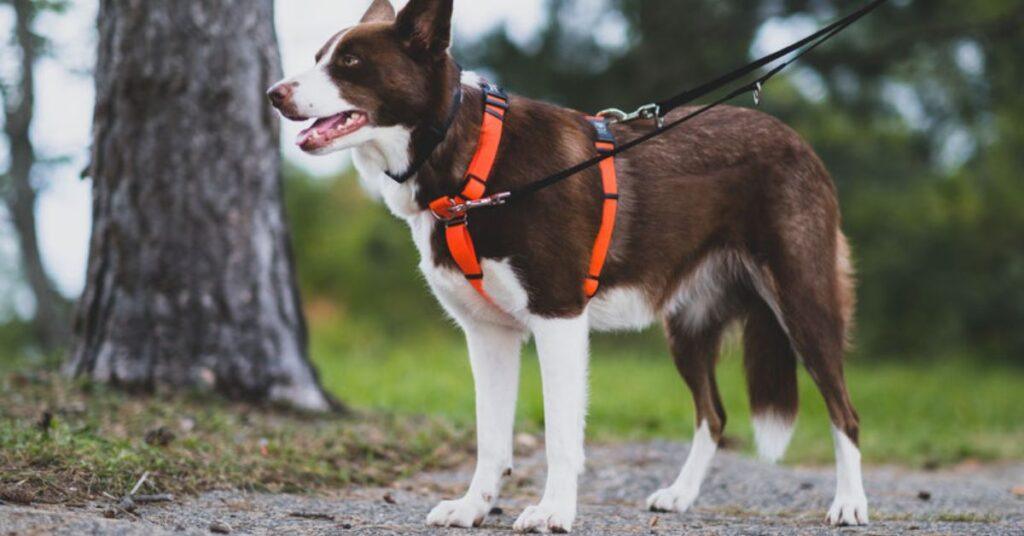
🦴 Why Your Dog Needs a High-Quality Harness (Not Just a Collar)
As much as dogs love to pull ahead during walks, using only a collar can create strain on their necks—especially for breeds like Pugs, Bulldogs, and Boston Terriers.
According to Dr. Amy Attas, VMD of City Pets, harnesses are a safer, healthier alternative. They distribute pressure evenly across a dog’s chest and shoulders, protecting delicate tracheas, improving control, and making outdoor adventures safer.
The solution?
Choosing a high-quality dog harness—one designed for comfort, breathability, and security. Top trusted sources like AKC, OutdoorGearLab, REI, and DogGearReview highlight the need for durable, properly-fitted harnesses that help your dog move naturally and stay safe.
In this ultimate guide, you’ll learn:
- Why dogs need harnesses
- What to know before buying one
- The Top 5 Dog Harnesses of 2025, tested and approved
- Tips for finding your pup’s perfect fit
Let’s dive in!
🐕 5 Key Reasons Why Your Dog Needs a Harness
1. Protects Neck and Spine
Harnesses minimize dangerous pressure on the neck, especially crucial for brachycephalic breeds and dogs with respiratory issues. (Source: PetMD)
2. Improves Walking Control
A harness gives you better steering power, essential for managing strong pullers or reactive dogs.
3. Aids in Leash Training
No-pull harnesses teach dogs better leash manners without causing discomfort, making every walk more enjoyable.
4. Supports Seniors and Puppies
Older dogs with arthritis and young, growing pups benefit from harnesses that adapt to their needs over time. (Source: AKC)
5. Perfect for Outdoor Adventures
Hiking, swimming, exploring — the right harness keeps dogs comfortable, safe, and easy to assist on tough trails.
🛒 5 Things You Should Know Before Buying a Dog Harness
1. Accurate Sizing is Critical
Measure your dog’s girth, lower neck, and chest width. Always check the brand’s sizing guide!
2. Understand Harness Types
Choose between front-clip, back-clip, or dual-clip styles based on your dog’s walking behavior.
3. Breathability Matters
For summer hikes, choose lightweight, breathable designs to avoid overheating. (Source: DogGearReview)
4. More Adjustability = Better Fit
Harnesses with multiple adjustment points fit better and prevent escape attempts.
5. Durability Saves Money
High-quality materials like reinforced nylon or quick-dry mesh last longer through mud, rain, and rough play.
🏆 Top 5 Best Dog Harnesses for 2025
(Expert-Approved and Trail-Tested)
🥇 1. Ruffwear Front Range Harness

- Why You’ll Love It: The ultimate everyday and hiking harness with proven durability and comfort.
- Standout Features: Dual leash points, padded chest, reflective trim, all-weather materials.
- Best For: Active dogs, hiking companions.
- Trusted Sources: OutdoorGearLab, REI, AKC
🥈 2. Blue-9 Balance Harness
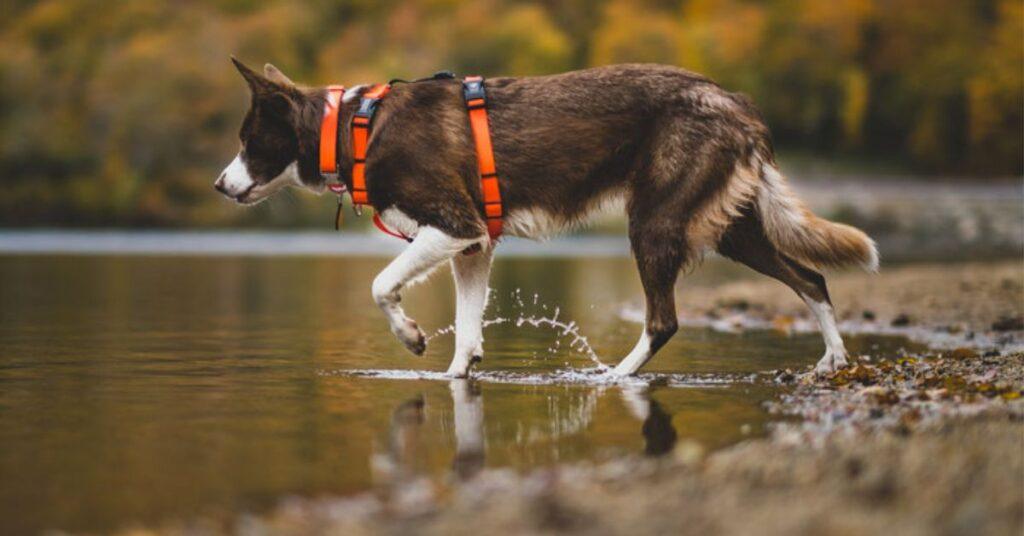
- Why You’ll Love It: Tailor-made for dogs that need a perfect fit with zero restriction.
- Standout Features: 6 adjustment points, minimal coverage, easy to clean, dries fast.
- Best For: Training, sensitive dogs, escape artists.
- Trusted Sources: DogGearReview, AKC
Shop Now
🥉 3. PetSafe Easy Walk Harness

- Why You’ll Love It: A classic no-pull training aid that really works.
- Standout Features: Front leash clip, easy fit, many size options.
- Best For: Dogs that pull on walks.
- Trusted Sources: AKC, PetMD, DogGearReview
🏔️ 4. Hurtta Weekend Warrior Harness
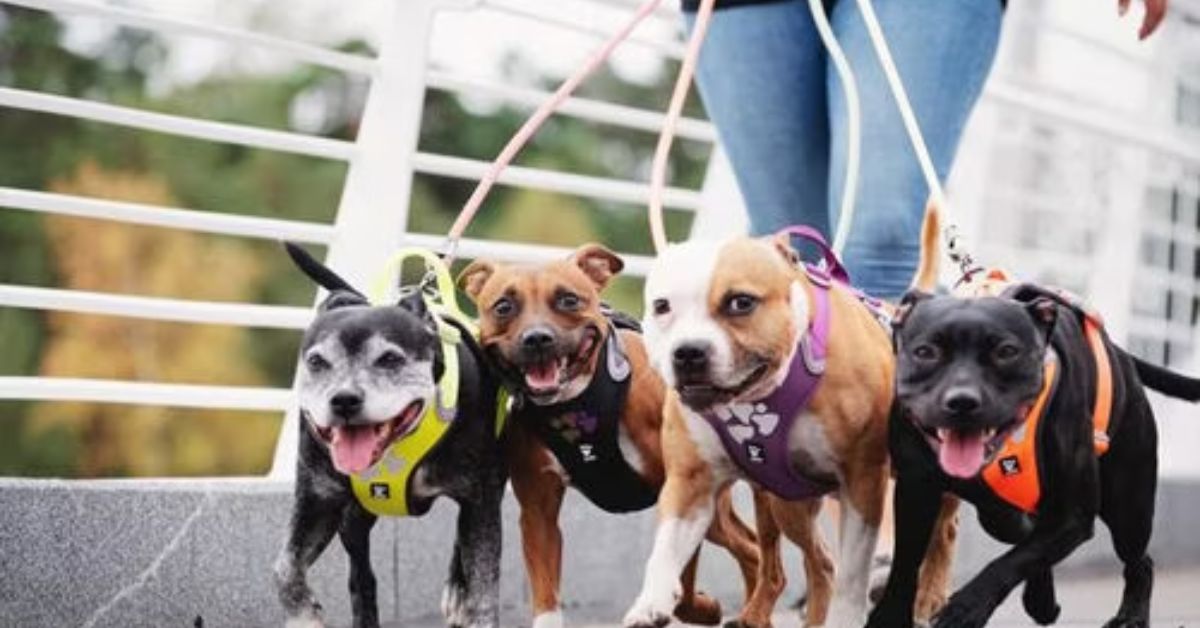
- Why You’ll Love It: Rugged yet comfortable, built for extreme adventures.
- Standout Features: Weatherproof materials, ergonomic design, full-body support.
- Best For: Strong dogs, outdoor activities.
- Trusted Sources: DogGearReview, REI
🚗 5. Kurgo Tru-Fit Smart Harness with Crash Protection
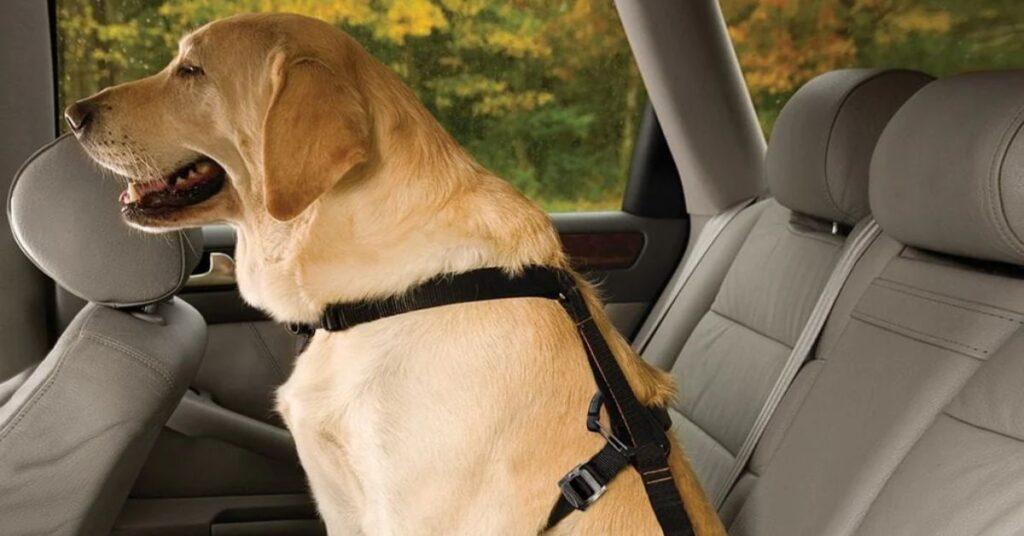
- Why You’ll Love It: Double-duty protection for road trips and trail walks.
- Standout Features: Crash-tested design, seatbelt tether included, steel nesting buckles.
- Best For: Car travel, multipurpose outings.
- Trusted Sources: OutdoorGearLab, AKC, PetMD
❓ FAQs About Dog Harnesses
Q: How do I know if a harness fits properly?
A: It should be snug but not tight—squeeze two fingers between the harness and your dog.
Q: Is a no-pull harness safe for puppies?
A: Yes! Just make sure it’s adjustable for growth and doesn’t restrict movement.
Q: Can small dogs benefit from harnesses too?
A: Absolutely. Smaller dogs have delicate necks that harnesses protect better than collars.
Q: How often should I wash a dog harness?
A: After swimming, muddy walks, or monthly for general hygiene. Use mild soap and air dry.
Q: What’s the best harness for car safety?
A: The Kurgo Tru-Fit Smart Harness — crash-tested and ready for the road.
🗝️ Key Takeaways: Choosing the Right Dog Harness
- A properly fitted harness prevents injuries and improves control.
- Breathable, adjustable materials ensure year-round comfort.
- Top trusted brands like Ruffwear, Blue-9, PetSafe, Hurtta, and Kurgo offer field-tested performance.
- Always measure your dog and match the harness to your dog’s specific needs and activities.
Choose the Harness that is right for your pup and enjoy your adventures. come back and let us know which Harness you chose and how it is working out for your pup. Feel free to load some pics too.

